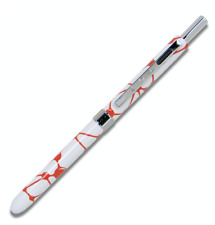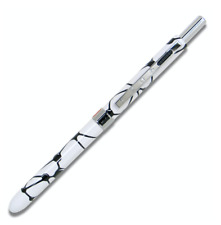
The journal Neurosurgery has reported on work conducted by scientists in Sweden, Norway and the U.S. which has successfully produced functioning neurons from adult stem cells. Importantly, the newly grown neurons were capable of communicating through synapses. The researchers believe their work holds promise for treating patients with degenerative conditions such as Parkinson’s disease and epilepsy.
The researchers used stem cells harvested during a standard endoscopy procedure to treat hydrocephalus (water on the brain). The tissue samples were then separated into single cells and each cell was then replicated within a culture of growth factor to form a small sphere of cells known as a neurosphere. Each neurosphere consists of about 300 immature cells. The neurospheres were then separated into their component cells and the replication process, or passage, was repeated. The researchers said that four passages had the potential to yield about 2.5 million cells from a single originating cell. “We are able to develop a significant number of functional neurons that communicate in a network from very small biopsies,” said Iver A. Langmoen, from the Karolinska Institutet in Stockholm.
To coax the young cells to develop into functional brain tissue, they are placed in a new environment to stimulate their development into a specific type of brain cell. By manipulating the combination of proteins in this culture, the researchers say they can exert control over the type of brain tissue the cell becomes. They said it takes about four weeks for a stem cell to become a mature neuron.
The study holds great promise for the future treatment of neural diseases and trauma. It is also an important advance in stem cell research. Further work is now planned to examine how artificial protein cultures might be used to enhance control over the development of the cells.


















Comments are closed.